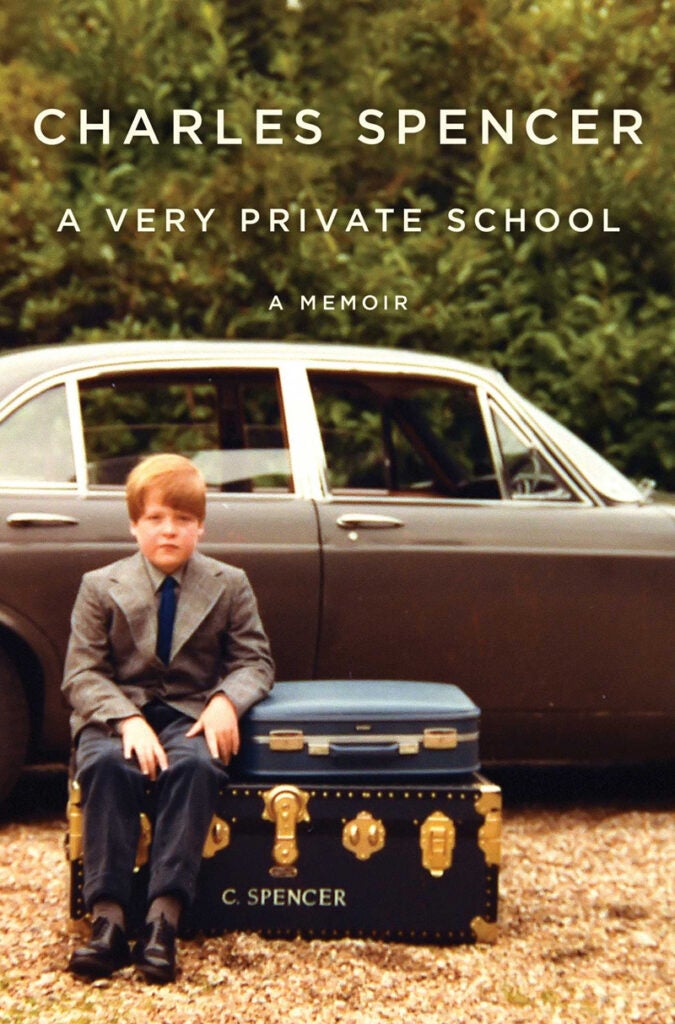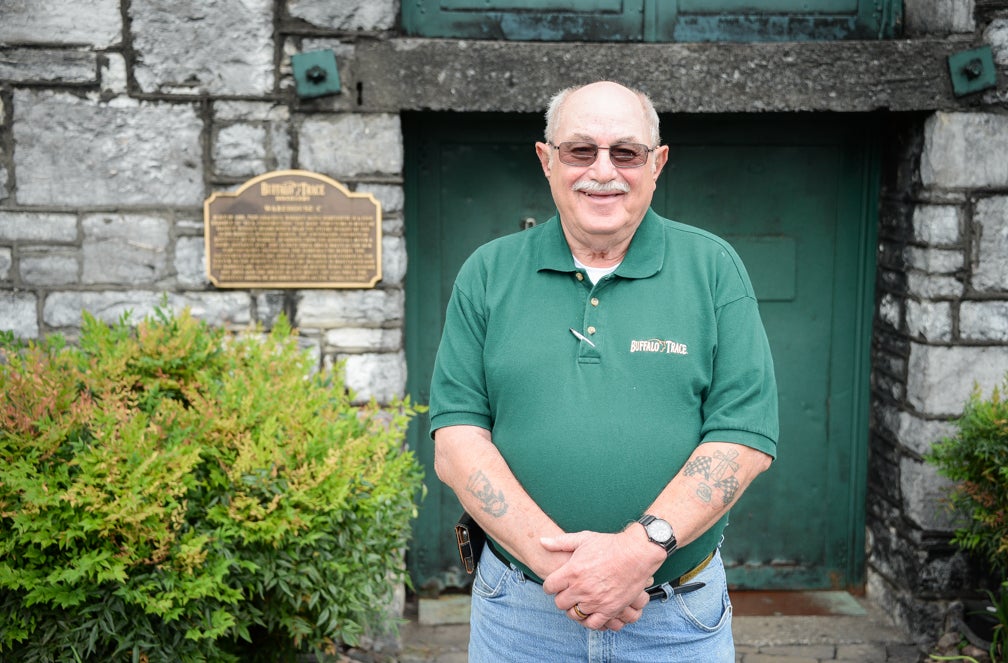
“The Lying Woods” by Ashley Elston
The summer of 1999 marked a significant turning point for Noah, a resilient 19-year-old who decided to break free from a life filled with abuse and neglect. With determination, he scrounged up enough resources to board a bus from St. Louis to New Orleans, believing that New Orleans held the key to a better future.
However, his journey hit a roadblock, and Noah found himself in the quaint town of Lake Cane, Louisiana. Undeterred, he devised a strategy focused on securing stable employment and shelter, finding an unexpected opportunity in a sprawling pecan orchard. Throughout Noah’s journey, he forges profound connections, confronts mortality and becomes the unfortunate focus of treacherous betrayals.
Fast forward to the present day, and Owen Foster resides at a prestigious New Orleans boarding school where he has been a student since the sixth grade. In Lake Cane, Louisiana Frac stands as one of the few businesses maintaining financial stability for its residents, with Owen’s father deeply devoted to its success. As his father spent considerable time away in the office, Owen found a sense of security within the boarding school, considering it his true home. However, that stability was shattered when Owen’s father disappeared, along with their family’s fortune, and the family’s assets were seized. Shockingly, Owen’s mother revealed that his father was suspected of being involved in an embezzling scheme, implying that their privileged lives were funded by stolen money.
Forced to return to Lake Cane, Owen and his mother find themselves subjected to ridicule from the townspeople, who blame them for the widespread unemployment and drained retirement accounts resulting from the abrupt closure of Louisiana Frac. With no one else to blame, Owen and his mother become the targets of mysterious assaults, putting their livelihood in jeopardy. Despite Owen’s efforts to uncover the truth, he comes up empty-handed, prompting him to make a desperate decision to run.
As he stops just outside the boundary of a pecan orchard, Owen is captivated by the scene unfolding before him. With little hesitation, Owen is met by the orchard’s owner, Gus, who inquires about his journey and eventually offers him a job tending to the pecan trees. Little did Owen know, he would begin to unearth a series of truths about his family that have been buried in the orchard since the summer of 1999.
“The Lying Woods” unfolds a tale of love and deception, skillfully weaving the narratives of two boys who discover meaning amidst the enchanting backdrop of a Louisiana pecan orchard. The revelation, hidden until the conclusion, unveils a connection between the boys’ stories that surpasses initial appearances. A revelation that might just clear Owen’s family name. This captivating novel comes highly recommended. Its compelling characters, engaging plot and well-crafted pacing left me thoroughly enthralled.
— Review by Dalton Bennett, Paul Sawyier Public Library

“A Very Private School” by Charles Spencer
Charles Spencer reclaims his childhood in the courageous memoir “A Very Private School.” Like so many other privileged youths in English society, Spencer was sent away to boarding school. In this memoir, he draws back the curtain to reveal the trauma that he and his classmates endured at Maidwell, an elite educational institution for boys located in Northamptonshire.
The author spent five years at Maidwell, beginning in 1972 when he was only 8 years old. From his own memories and those of classmates with whom he reconnected as an adult, Spencer shares the emotional, physical and sexual abuse that students experienced at the hands of the headmaster, teachers and other Maidwell staff who were entrusted not only with the education but also the care and upbringing of the boys in the absence of their parents.
I highly recommend this book for anglophiles and anyone who enjoys a well-written memoir. Please note that the content may be triggering for some readers. I listened to the audiobook narrated by the author, and actually hearing him share his story was incredibly moving.
Charles Spencer is the author of seven history books, but he is, perhaps, most well known as the brother of Princess Diana and a godson of Queen Elizabeth II.
— Review by Diane Dehoney, Paul Sawyier Public Library

“Ruby’s Tools for Making Friends” by Apryl Stott
Apryl Stott author and illustrator, loves telling stories, reading and drawing. She carries a bag with her that contains paper, a pencil and a sharpie for drawing emergencies. It makes sense that Stott’s character, Ruby, carries a bag for emergencies. Some kids bring a blanket to school, others a plush toy, but Ruby’s bag of goodies has just the right things for her.
Ruby’s father is a carpenter and with his box of tools, he is ready to repair anything. Ruby has found that some of his tools are useful to her. A measuring tape reminds her to breathe in and breathe out and to count her breaths whenever she feels overwhelmed. She also has a pair of pliers that help her remember to be flexible. She might have to bend a little going to a new school but that’s okay. And Ruby also slips a pair of safety goggles into her bag so she can see things in a new way.
Ruby’s new school is much bigger than her old one. To help the students feel more comfortable, the teacher divides them into small groups to work together on a project. McKenna and Jade talk so loud and so fast that Ruby and Alex think no one will listen to them.
The next day when Ruby gets to school, she uses her goggles to see things differently and her tape measure to remind herself to breathe slowly. She talks first with Alex about her idea. Alex thinks it’s a good idea, and together they share it with the others. Two voices speak louder than one.
Excitement about starting school is natural, but so is anxiety about the unknown. But Ruby has all the tools she needs to begin her school year and be successful.
As parents anticipate the beginning of school, they might consider what besides pencils and notebooks their child might need to be comfortable in their new situation.
— Review by Lizz Taylor, Poor Richard’s Books

“Taken by the Shawnee, A Novel” by Sallie Bingham
Sallie Bingham had heard the story of Margaret Erskine’s capture in 1779 told for years by different members of her family. However, not until after the death of her mother, when she was going through her papers, did she come across a 15 page account of the tale that Margaret had dictated to her nephew.
Margaret’s account left out many details, but Bingham has filled in the gaps with historic facts and tries to imagine the gaps in Margaret’s story.
The tale begins with Margaret, her husband and children traveling west with other families to “discover” America. The group was attacked by Shawnee Indians. Both her husband and baby were killed. Margaret knows nothing of Indians except the prejudicial stories of her time. However, she shows an open mind and a determination for life for herself and her other child. The natives seemed to recognize her strong desire to live.
Most captives are kept to be traded later for ransom or needed goods. But Margaret and her son are adopted into a family. Margaret had brought healing herbs so that she could take care of her family and others. Now, that herbal knowledge gave her some status with the natives.
Margaret also discovered that she is pregnant with another child. Her determination to survive becomes a resolve to get back to her family in Union, West Virginia.
Margaret’s ransom came after four years. However, her return to West Virginia did not go as smoothly as she had hoped.
There are many questions to ponder throughout Margaret’s story. This tale is a picture of two very different cultures in colonial America, and one woman who managed to survive in both.
— Review by Lizz Taylor, Poor Richard’s Books










